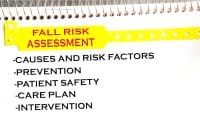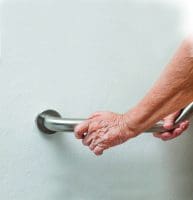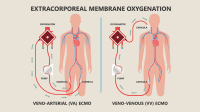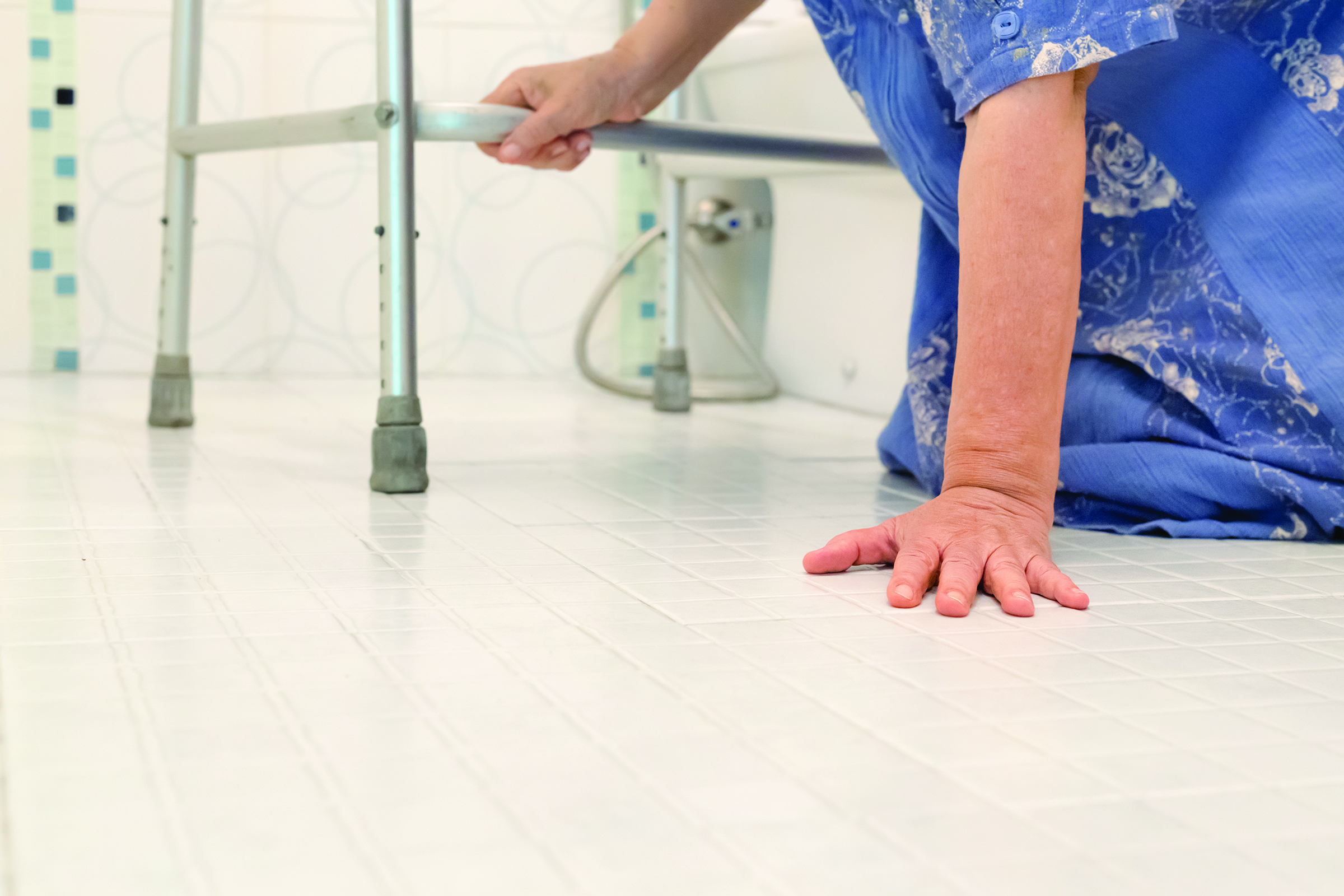Would you like to learn a practical strategy for reducing falls in the home? We are two home care nurses addressed the problem with a creative solution—a pictorial teaching tool. The project began as part of the Excellence in Clinical Education and Leadership (EXCEL) program, an initiative administered our hospital-based home health care system to promote professional growth and leadership.
Rooted in research
We began this project with a literature search. We read research articles for evidence-based information on falls in the home: the most common reasons patients fall, the most frequent areas where falls occur, ways to reduce falls, and how to set up the home for safety. We spent more than 12 months on research.
Based on our research, we started to develop a visual tool to facilitate consistent education on risks, teach patients how to move around in their home safely, and reduce patient falls. We decided to include illustrations of the following safety concepts:
- appropriate use of assistive devices
- importance of wearing glasses
- importance of lighting
- removal of trip hazards,
- proper footwear
- awareness of medication effects/side effects
- remembering to count to ten before starting to walk.
The result is a multi-disciplinary pictorial teaching tool, which can be used to improve continuity of teaching with each patient visit. Nurses, physical therapists, occupational therapists, speech therapists and aides can use the same tool. Because the tool is picture-based, it can be used with patients of many ethnic backgrounds who speak a variety of languages. (See Fall Risk Reduction.)
Challenges and results
Challenges included lack of consistency with use of the tool and failure to report falls in a timely manner. Clinicians received ongoing education during staff meetings, team meetings, and via email communication on the fall risk reduction program. Participation increased as more clinicians became aware of the program. If a patient fell, a staff member obtained an order for physical therapy evaluation to reassess the patient’s environment and functional status and, if necessary, provide additional safety measures and further.
Data analysis indicates that patients participating in the program experienced fewer falls compared to non-participants. The pictorial teaching tool improved consistency in patient education. Documentation was more accurate and timely because of ongoing education provided to clinicians.
The visual teaching tool improved outcome benchmarks for ambulation and transfers in addition to reducing falls. The visual tool makes it possible for multidisciplinary teams to consistently and effectively teach fall risk reduction in the home. The visual tool also helps promote National Patient Safety Goals to reduce injury due to falls, and the Magnet Culture of Safety. The pictorial teaching tool we developed is now part of the standard protocol used on admission for patients identified at risk for falls.
Julie Karen Filsinger-Elomaa is senior quality measures specialist and Janice Burns is case manager at Baptist Home Health Care in Jacksonville, Florida.
Selected references
Murphy WA. Improving patient safety and quality: A focus on falls. Home Health Care Management and Practice. 2012;24(1):62-4.
Reducing the risk of patient falls in home care. Joint Comm Perspect Patient Saf. 2011; 11(2):6-8.
Anne-Marie Hill, Tammy Hoffman, Terry P Haines. Circumstances of falls and fall-related injuries in a cohort of older patients following hospital discharge. Clinical Interventions in Aging. 2013;8:765-774.
Klein D, Rapp K, Küpper M, Becker C, Fischer T, Büchele G, Benzinger P. A population-based intervention for the prevention of falls and fractures in home dwelling people 65 years and older in South Germany; Protocol. JMIR Res Protoc. 2014;3(1):1.
Hill A-M, Etherton-Beer C, Haines TP. Tailored education for older patients to facilitate engagement in fall prevention strategies after hospital discharge—a pilot randomized controlled trial. PLOSOne. 2013;8(5):E63450.


















